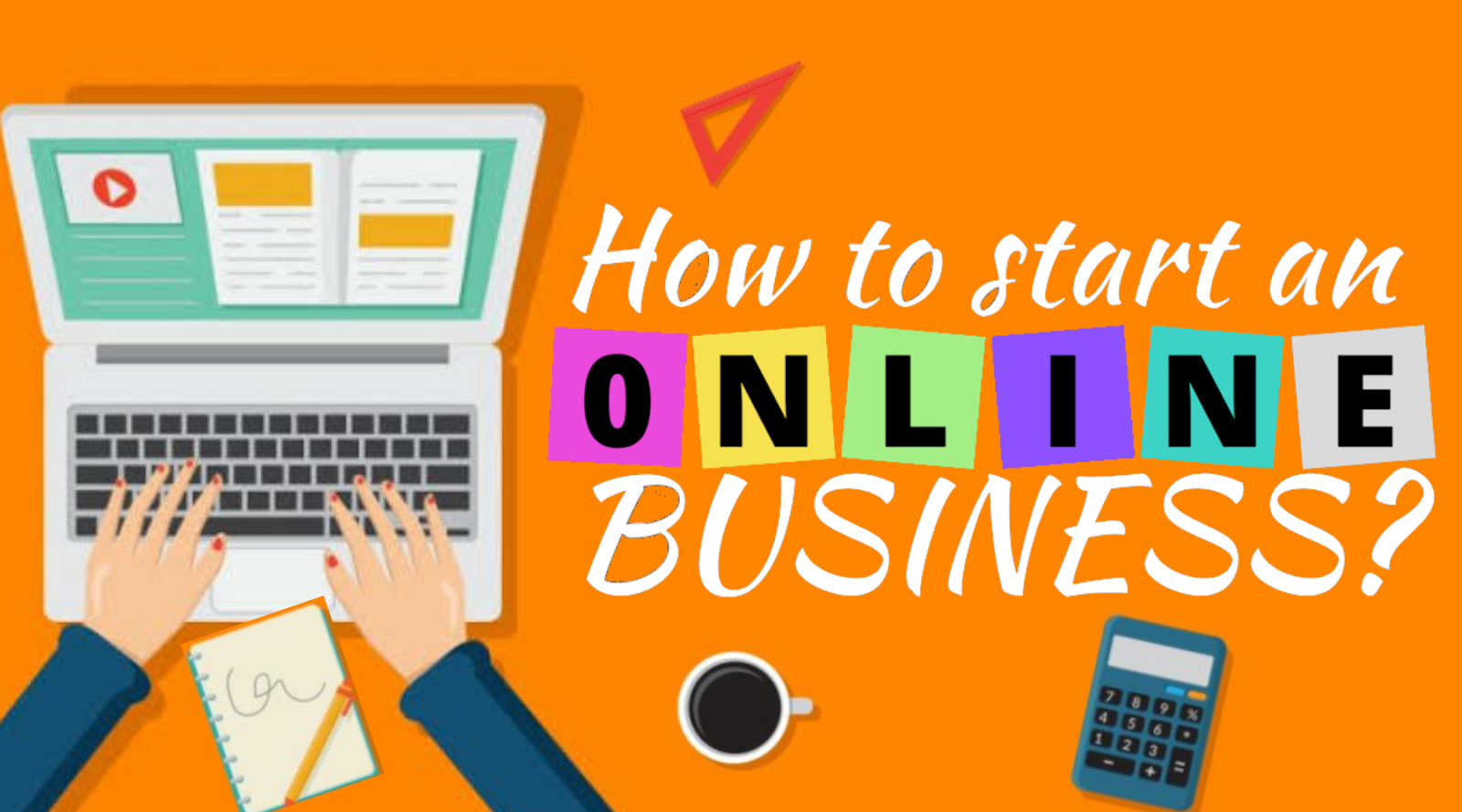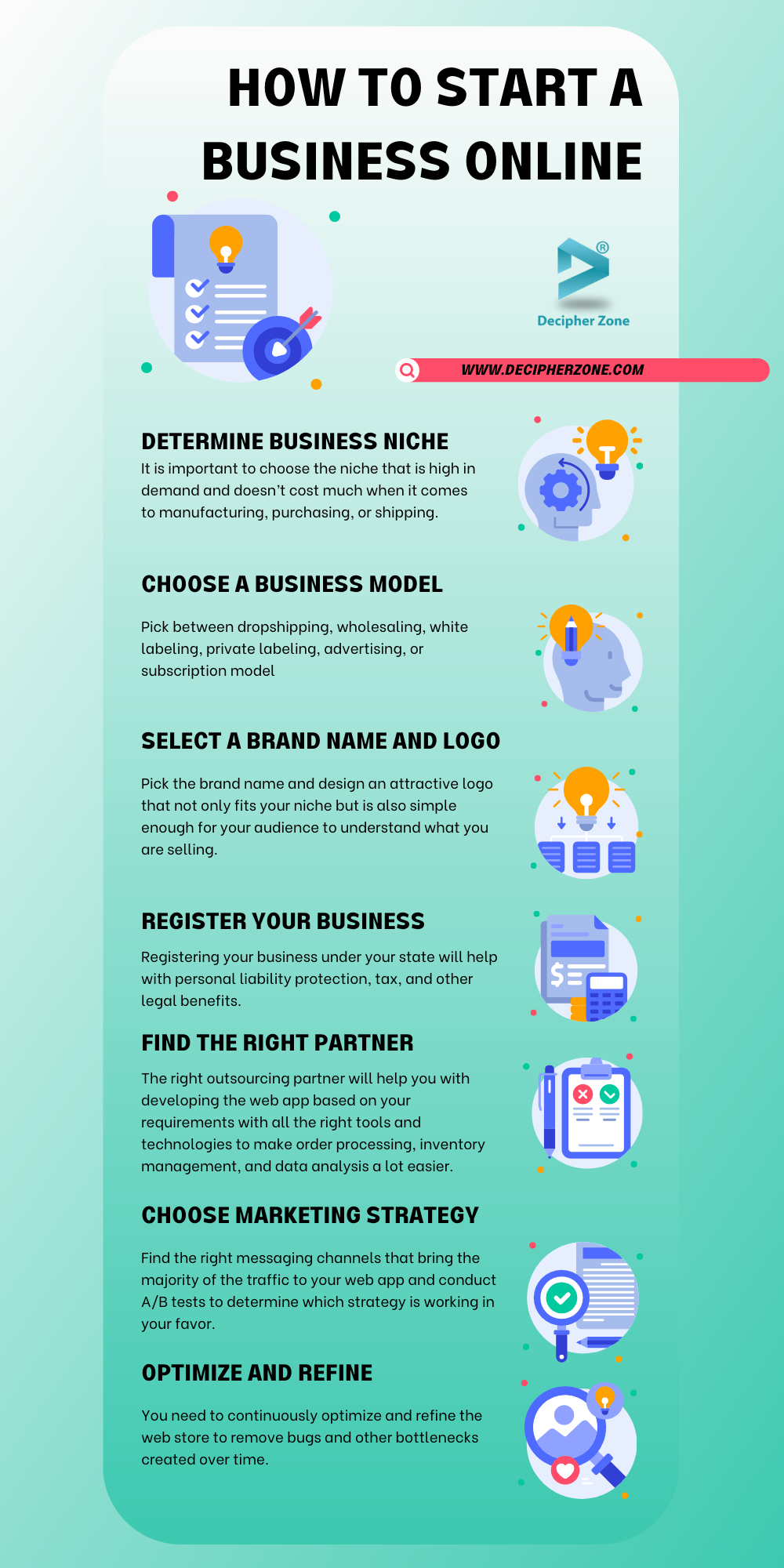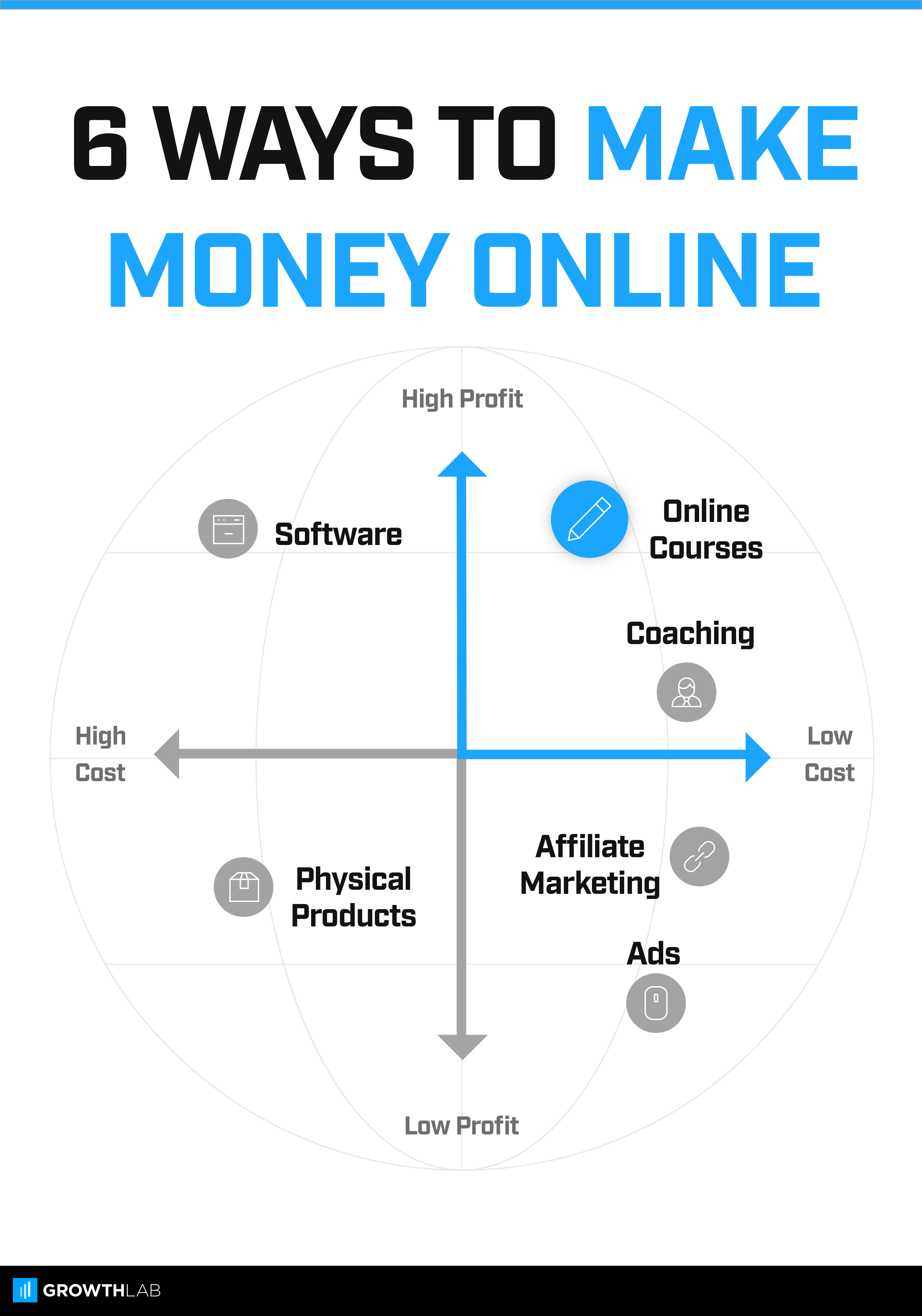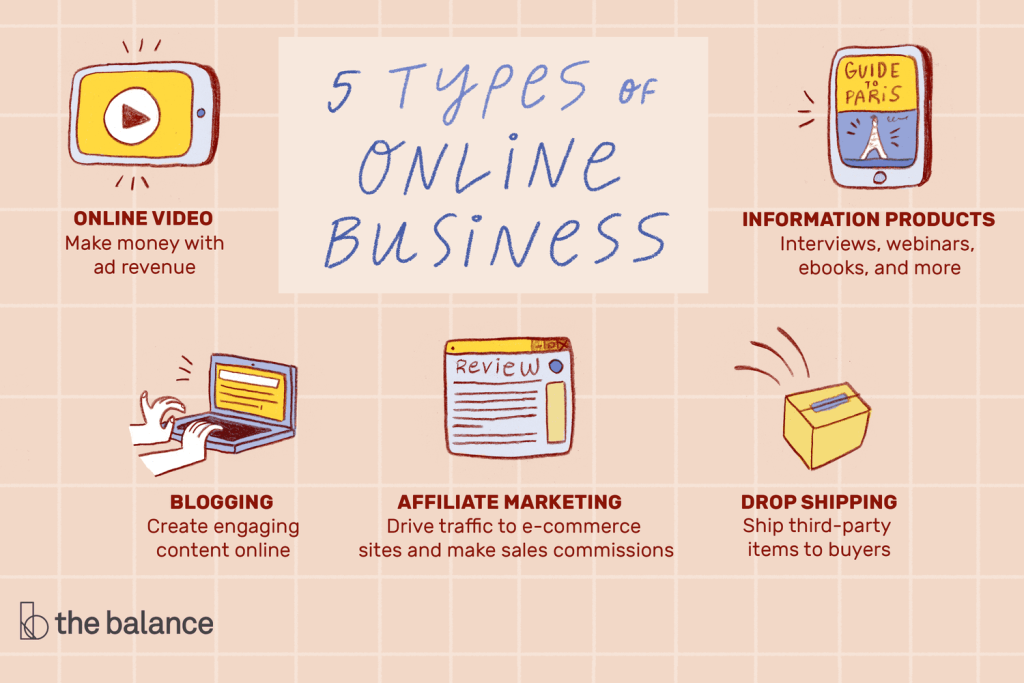To start an online business, choose a profitable niche and create a user-friendly website. Focus on marketing and customer engagement.
Starting an online business can be an exciting and profitable venture. Identify a niche that interests you and has demand in the market. Research your target audience to understand their needs and preferences. Create a professional and easy-to-navigate website to showcase your products or services.
Utilize social media and digital marketing strategies to reach potential customers. Provide excellent customer service to build trust and loyalty. Monitor your business performance and make necessary adjustments to improve. With dedication and the right approach, your online business can thrive and grow.
Choosing Your Niche
Starting an online business can be an exciting journey. One of the first steps is choosing your niche. This decision will shape your brand and target audience. It’s crucial to pick a niche that interests you and has market demand.
Identify Your Interests
Your business should align with your passions. This will keep you motivated. Start by making a list of your interests and hobbies.
- What do you love doing?
- What topics do you enjoy learning about?
- What problems do you like solving?
Answering these questions will help you find a niche you are passionate about. Passion drives dedication and success.
Research Market Demand
After identifying your interests, research the market demand. This ensures your niche has potential customers.
| Method | Description |
|---|---|
| Keyword Research | Use tools like Google Keyword Planner to find search volumes. |
| Competitor Analysis | Check out your potential competitors. Analyze their strengths and weaknesses. |
| Forums and Social Media | Look at what people are talking about. Identify common problems and needs. |
High search volumes and active forums indicate a healthy market.
By choosing a niche you love and that has demand, your business has a strong foundation. This combination leads to long-term success.

Credit: alcorfund.com
Creating A Business Plan
Starting an online business requires a well-thought-out business plan. A business plan guides your journey and helps you stay focused. It outlines your goals, financial projections, and strategies for success. Let’s dive into the key components of creating a robust business plan.
Set Clear Goals
First, you need to set clear goals for your online business. These goals help you know what you want to achieve. Use the SMART criteria:
- Specific: Define what you want to achieve in detail.
- Measurable: Ensure you can track your progress.
- Achievable: Set realistic goals within your reach.
- Relevant: Align your goals with your business vision.
- Time-bound: Set deadlines for your goals.
For example, aim to reach 1,000 customers in the first year. Break down large goals into smaller, manageable tasks. This helps you stay organized and motivated.
Outline Financial Projections
Financial projections are crucial for any business plan. They help you understand your potential revenue and expenses.
Start by estimating your startup costs. These might include:
- Website development
- Marketing and advertising
- Inventory or service costs
- Operational expenses
Create a table to outline your financial projections:
| Expense Type | Estimated Cost |
|---|---|
| Website Development | $1,000 |
| Marketing and Advertising | $500 |
| Inventory/Service Costs | $2,000 |
| Operational Expenses | $800 |
Next, project your revenue. Consider your pricing, sales volume, and market demand. Use this data to forecast your profits and cash flow. Regularly review and adjust your financial projections. This ensures your business stays on track.
Registering Your Business
Starting an online business is exciting. One of the first steps is registering your business. This step is crucial for legal protection and credibility. Let’s break it down into easy steps.
Choose A Business Name
Your business name is your identity. It should be unique and memorable. Follow these tips to choose a name:
- Keep it short and simple.
- Ensure it reflects your brand.
- Check domain availability.
- Verify no trademarks exist for the name.
Legal Structure And Licensing
Choosing the right legal structure affects taxes and liability. Here are common structures:
| Structure | Description |
|---|---|
| Sole Proprietorship | Owned by one person. Simple to set up. |
| Partnership | Owned by two or more people. Shared profits and losses. |
| LLC | Limited liability. Combines benefits of corporations and partnerships. |
| Corporation | Separate legal entity. More regulations and taxes. |
Once you choose a structure, you may need a license. This depends on your location and industry. Check with local authorities to get the necessary licenses.

Credit: www.decipherzone.com
Building Your Online Presence
Building your online presence is crucial for your online business. This step establishes your brand and connects you with your audience. The first steps include creating a website and optimizing it for search engines.
Create A Website
Creating a website is your first task. Your website acts as your online storefront. Follow these steps to create a website:
- Choose a domain name that reflects your business.
- Select a reliable hosting provider.
- Use a website builder like WordPress or Shopify.
- Design your website with user-friendly navigation.
- Add essential pages: Home, About, Contact, and Products/Services.
- Ensure your website is mobile-friendly.
Optimize For Seo
To attract organic traffic, you must optimize your website for SEO. Here are some key steps:
- Conduct keyword research to find relevant terms.
- Use keywords naturally in your content, titles, and meta descriptions.
- Optimize your images with alt text and appropriate file names.
- Ensure fast loading times by compressing images and using a good hosting provider.
- Build quality backlinks to increase your site’s authority.
- Create valuable content that answers your audience’s questions.
- Make sure your website is secure with HTTPS.
Here’s a simple table to summarize these steps:
| Step | Action |
|---|---|
| Create a Website | Choose a domain, select hosting, design, add pages |
| Optimize for SEO | Keyword research, use keywords, optimize images, fast loading |
| Build Backlinks | Increase site’s authority |
| Create Content | Answer audience’s questions |
| Ensure Security | Use HTTPS |
Setting Up E-commerce
Setting up your e-commerce store is the first step in launching an online business. This involves choosing the right platform, setting up payment methods, and ensuring a smooth customer experience. Let’s dive into the details.
Choose A Platform
Choosing the right e-commerce platform is crucial. It must suit your business needs. Here are some popular options:
| Platform | Features |
|---|---|
| Shopify | Easy to use, great support, many templates |
| WooCommerce | Highly customizable, integrates with WordPress |
| BigCommerce | Scalable, extensive SEO features |
Each platform offers unique features. Assess your needs and budget. Then, choose the best fit for your business.
Set Up Payment Methods
Offering multiple payment options increases sales. Customers like flexibility in payments. Here are some popular methods to consider:
- Credit/Debit Cards
- PayPal
- Apple Pay
- Google Pay
- Bank Transfers
Setting up payment methods is usually straightforward. Follow these basic steps:
- Sign up for a payment gateway.
- Link your bank account.
- Integrate the gateway with your e-commerce platform.
- Test the payment process.
Ensure you use secure and trusted gateways. This builds customer trust and protects your business.
Developing A Marketing Strategy
Starting an online business can be exciting. To succeed, you need a solid marketing strategy. A good strategy helps you reach your target audience. It also helps you grow your business. Below are some key areas to focus on.
Social Media Marketing
Social media is a powerful tool for any business. Platforms like Facebook, Instagram, and Twitter can help you reach a broad audience. Start by creating profiles on these platforms. Post regularly to keep your audience engaged.
Use relevant hashtags to increase your visibility. Engage with your followers by responding to comments and messages. Run ads to reach more people.
| Platform | Best For |
|---|---|
| Wide reach, older audience | |
| Visual content, younger audience | |
| Real-time updates, news |
Content Marketing
Content marketing is about creating valuable content. This content should attract and engage your audience. Start a blog on your website. Write posts that answer common questions in your industry.
Use keywords to improve your SEO. This will help your website rank higher on search engines. Share your blog posts on social media to reach more people.
- Write engaging blog posts
- Use relevant keywords
- Share content on social media
Creating videos can also be very effective. Upload them on YouTube and share them on your social channels. This will help you reach a wider audience.
Managing Operations
Managing operations is crucial for the success of your online business. Proper management ensures smooth daily activities and long-term growth. Focus on key areas like inventory management and customer service to optimize your operations.
Inventory Management
Inventory management is essential for an online business. You need to keep track of products in stock. Use software tools to automate this process. This helps avoid overstocking or running out of products.
Consider using an inventory management system. These systems provide real-time updates. This ensures you always know your stock levels. It also helps you make informed purchasing decisions.
Here are some benefits of good inventory management:
- Reduces storage costs
- Prevents stockouts
- Improves order accuracy
- Enhances customer satisfaction
Customer Service
Providing excellent customer service is key for any online business. Respond to customer inquiries quickly. Use chatbots for instant replies. Train your team to handle complex issues efficiently.
Here are some tips for great customer service:
- Offer multiple contact options
- Provide clear and concise answers
- Be polite and empathetic
- Follow up to ensure satisfaction
Consider using a Customer Relationship Management (CRM) system. CRMs help you manage customer interactions. This leads to better service and happier customers.

Credit: growthlab.com
Tracking And Analyzing Performance
Tracking and analyzing performance is crucial for your online business. Understanding your performance helps you make informed decisions. This section covers how to monitor key metrics and adjust strategies as needed.
Monitor Key Metrics
To track performance, focus on key metrics. These include:
- Website Traffic: Track the number of visitors on your site.
- Conversion Rate: Measure the percentage of visitors who make a purchase.
- Average Order Value: Calculate the average spend per order.
- Customer Acquisition Cost: Determine how much it costs to acquire a new customer.
- Customer Lifetime Value: Estimate the total value a customer brings over time.
Use tools like Google Analytics to track these metrics. Regular monitoring helps you understand your business health.
Adjust Strategies As Needed
As you track your metrics, you may need to adjust your strategies. Here’s how:
- Identify Weak Points: Look for areas with poor performance.
- Test New Approaches: Implement new tactics to improve these areas.
- Measure Results: Track the impact of changes using your metrics.
- Refine Strategies: Keep refining your approach based on the results.
For example, if your conversion rate is low, you might test new landing pages. Always base your adjustments on data. This ensures you are moving in the right direction.
Frequently Asked Questions
How Do I Choose A Business Idea?
Identify your passions, skills, and market demand. Research competitors and potential customers to ensure viability.
What Are The Initial Steps To Start?
Create a business plan, register your business, and secure necessary licenses. Set up a website and social media profiles.
How Much Capital Do I Need?
Costs vary by business type. Budget for website, marketing, inventory, and legal fees. Start lean to minimize risks.
How Do I Market My Online Business?
Use social media, SEO, and email marketing. Engage with your audience through content creation and advertisements.
What Tools Are Essential For Online Business?
Website builder, e-commerce platform, CRM, and email marketing tools are crucial. Consider analytics tools for performance tracking.
How Do I Manage Online Payments?
Use secure payment gateways like PayPal, Stripe, or Square. Ensure your website is SSL certified for safe transactions.
Conclusion
Starting an online business can be rewarding. Follow the right steps to achieve success. Stay consistent and adapt to changes. Focus on your target audience and offer value. Use effective marketing strategies. With determination, your online business will thrive. Embrace the journey and enjoy the process.



